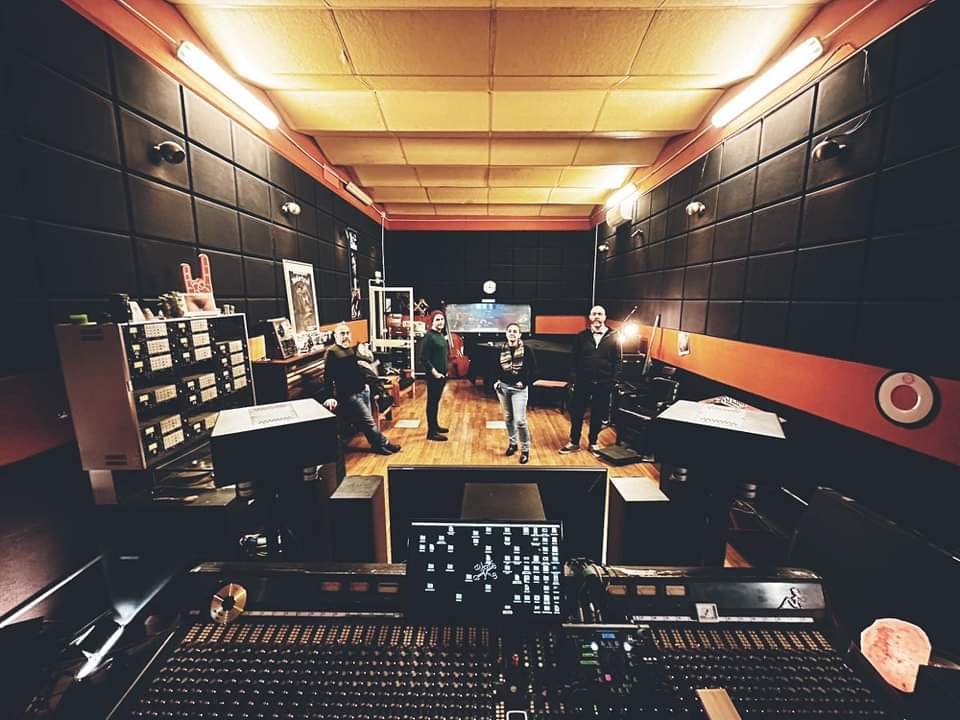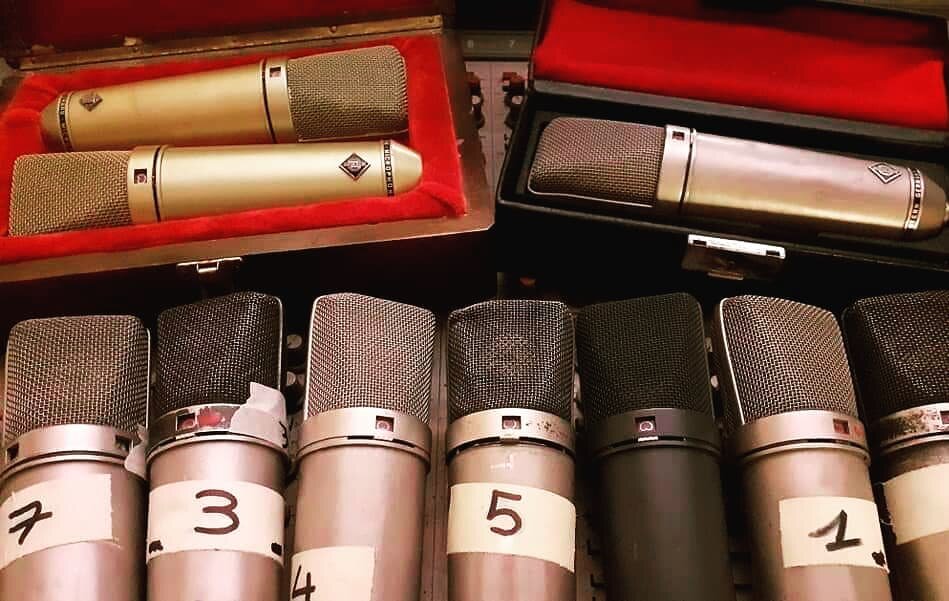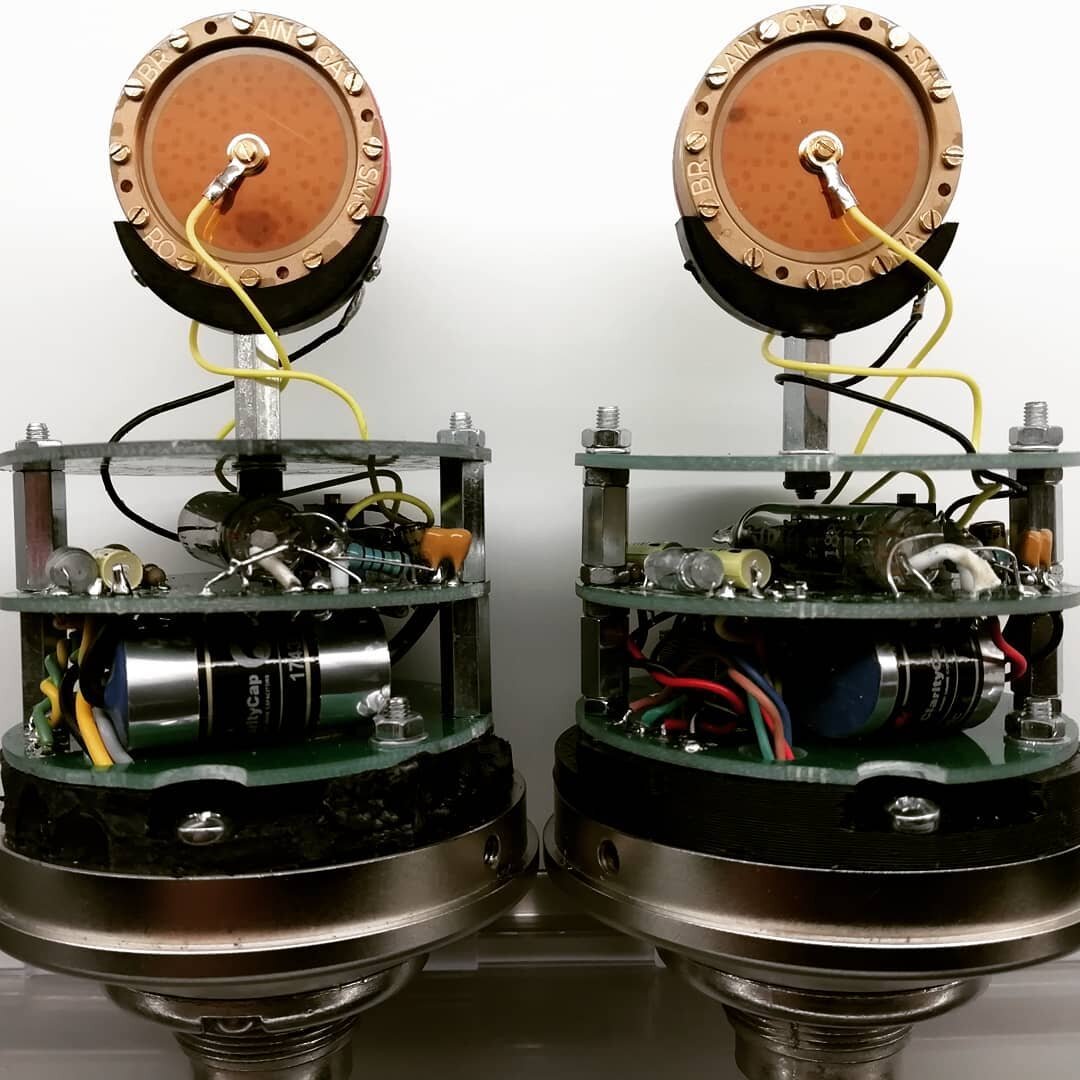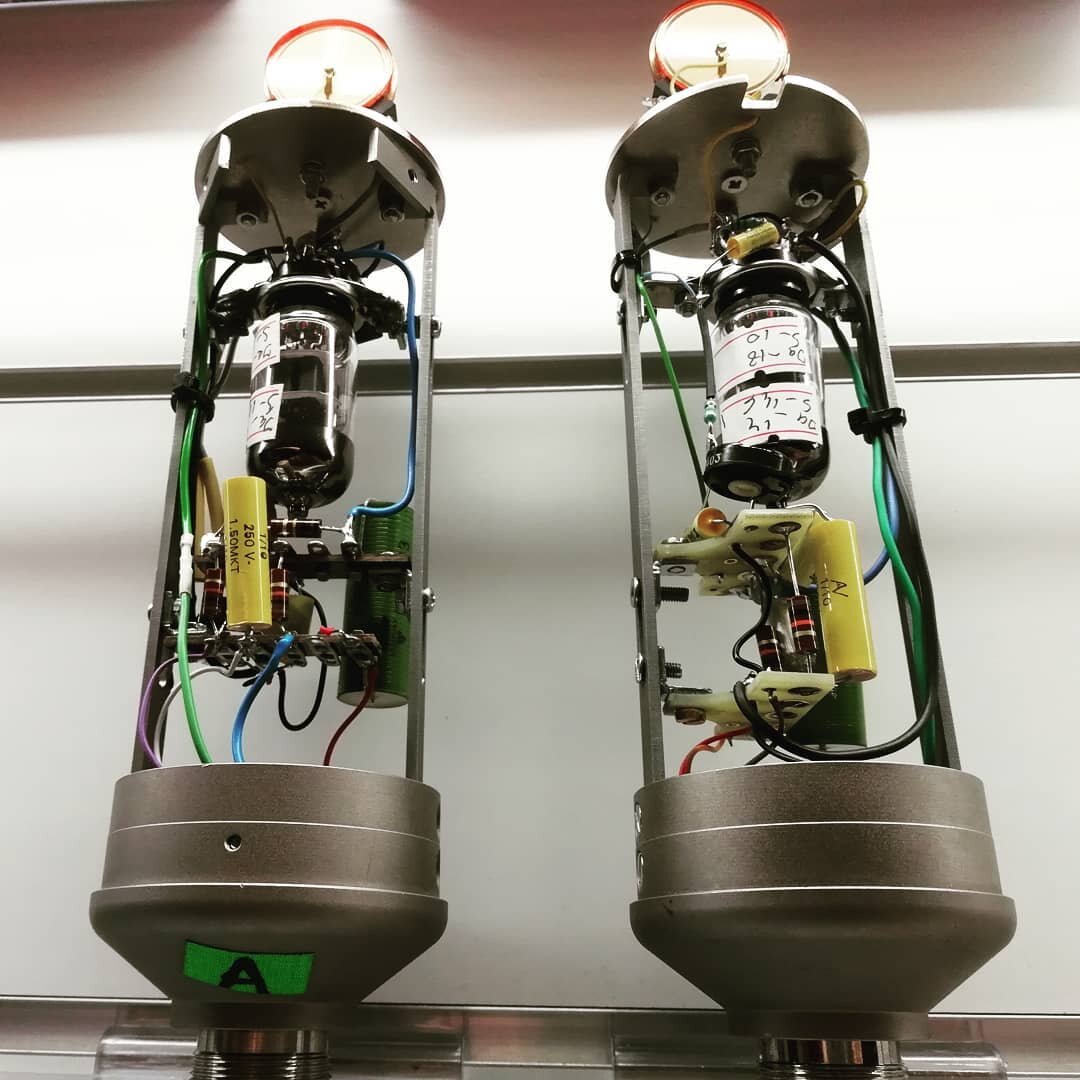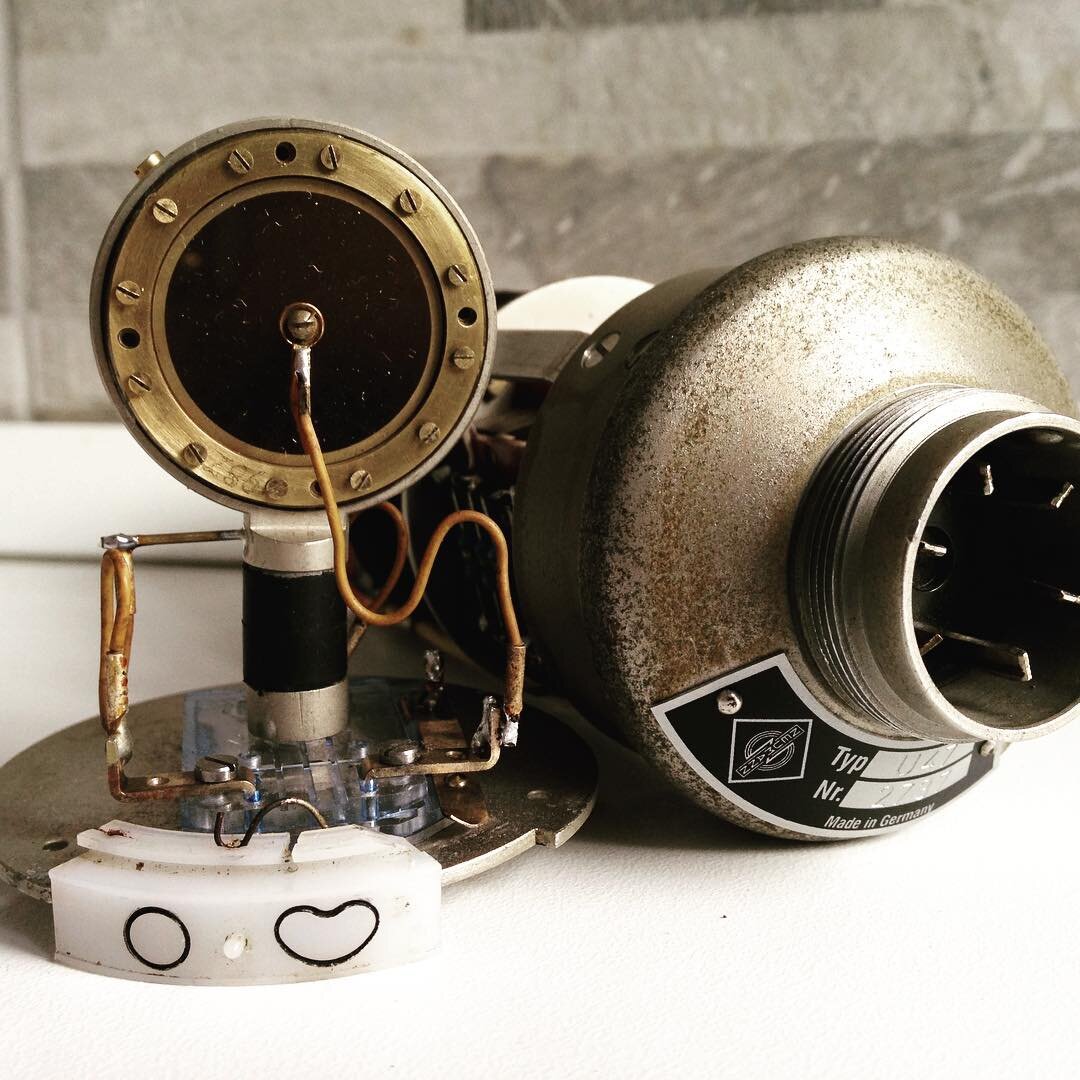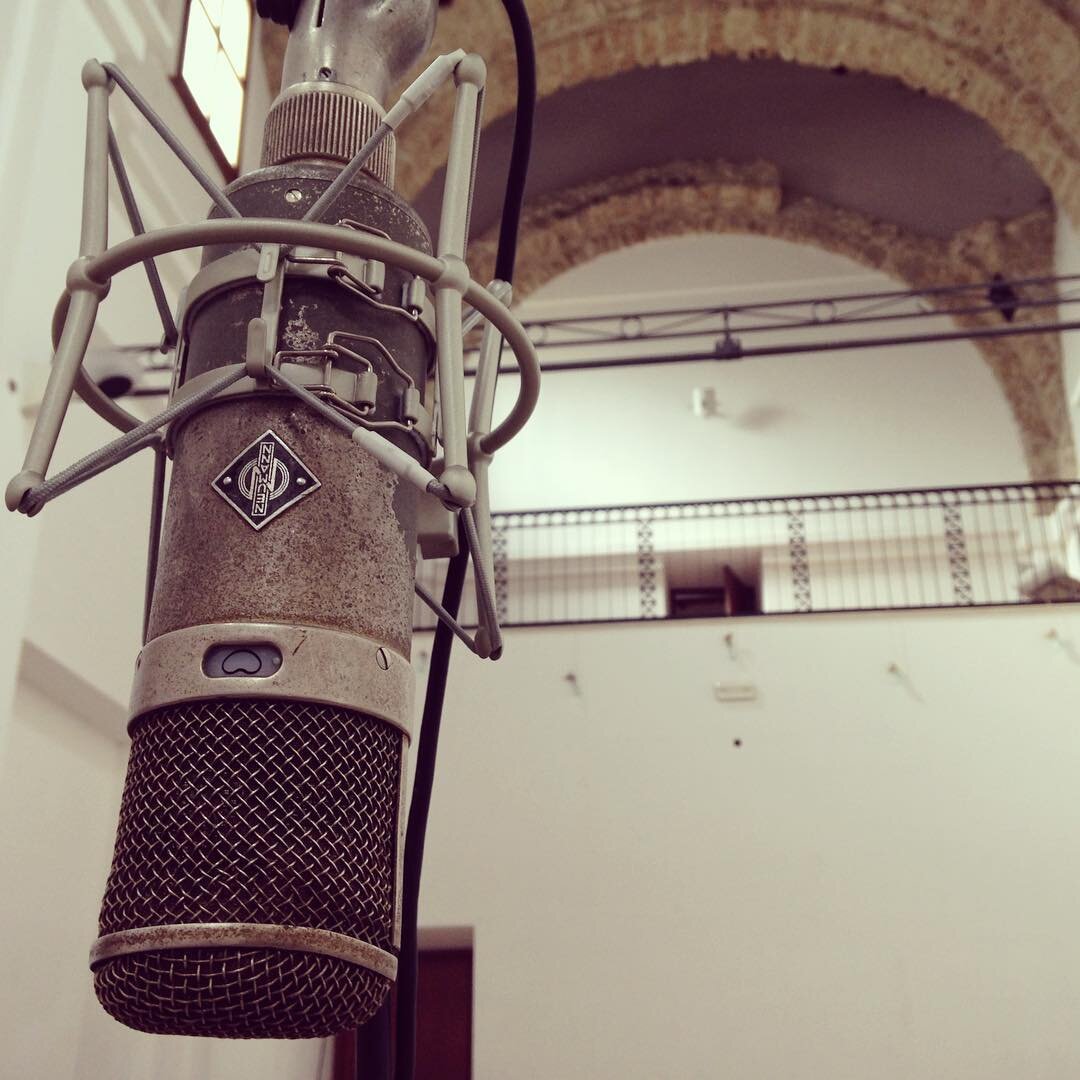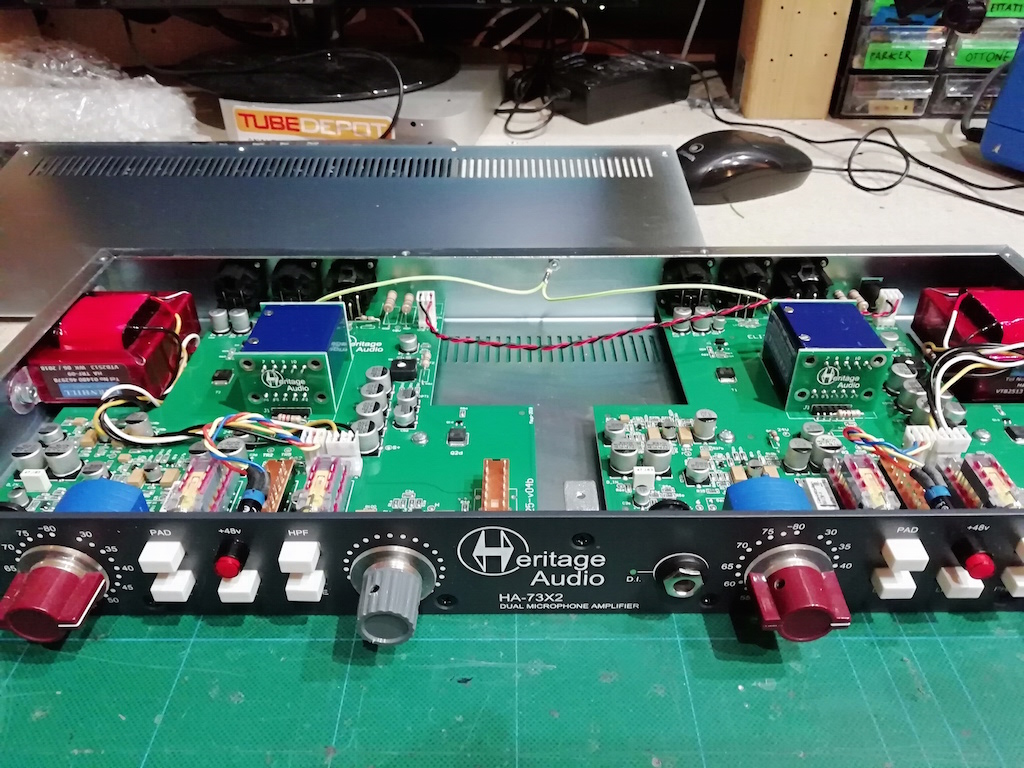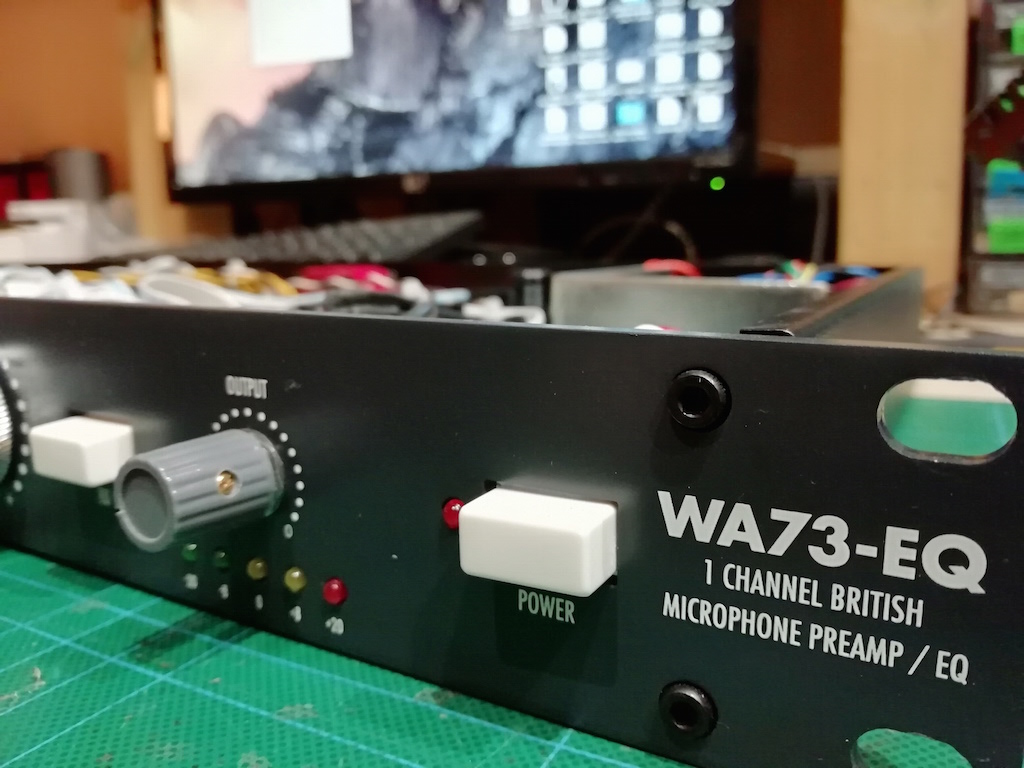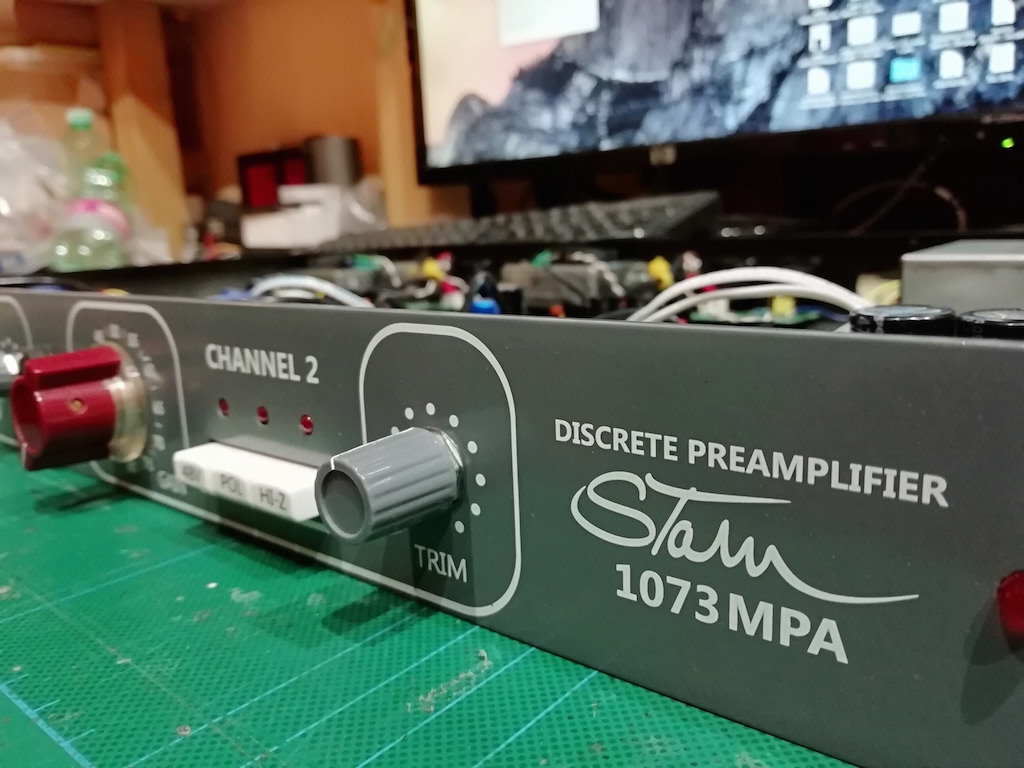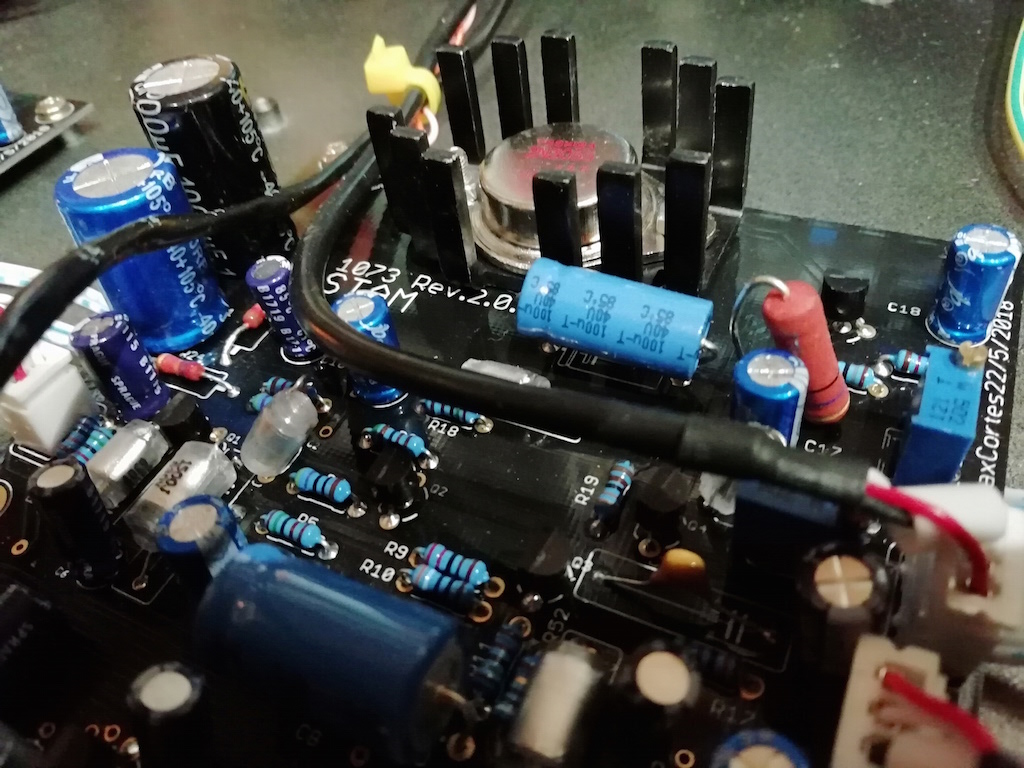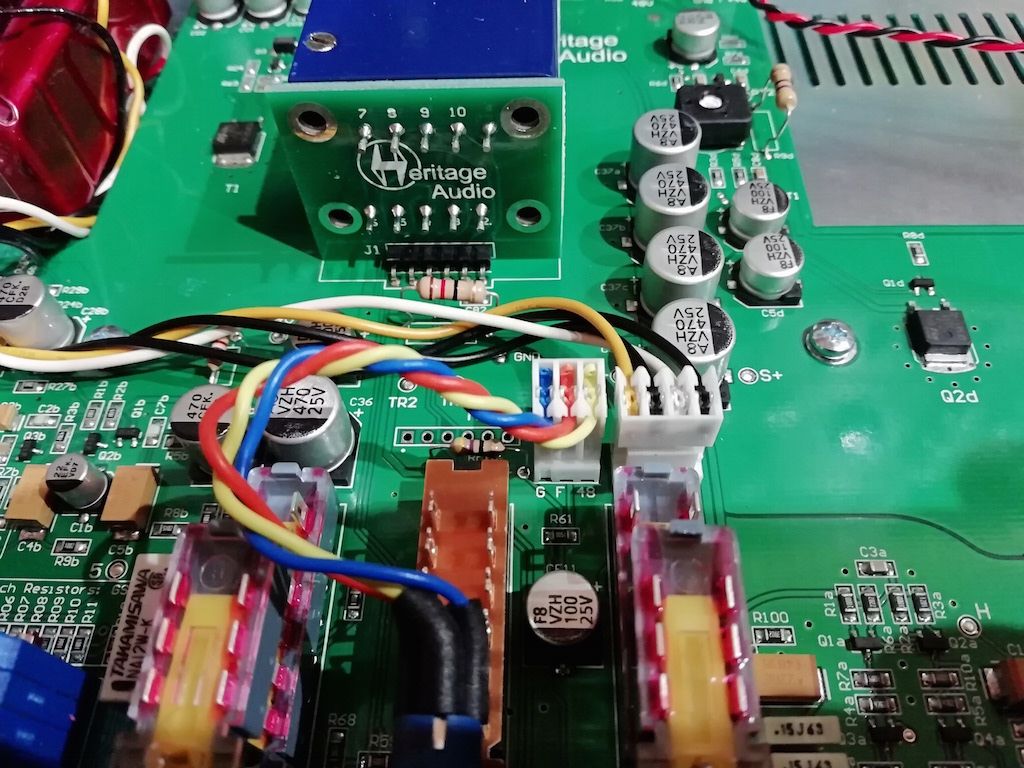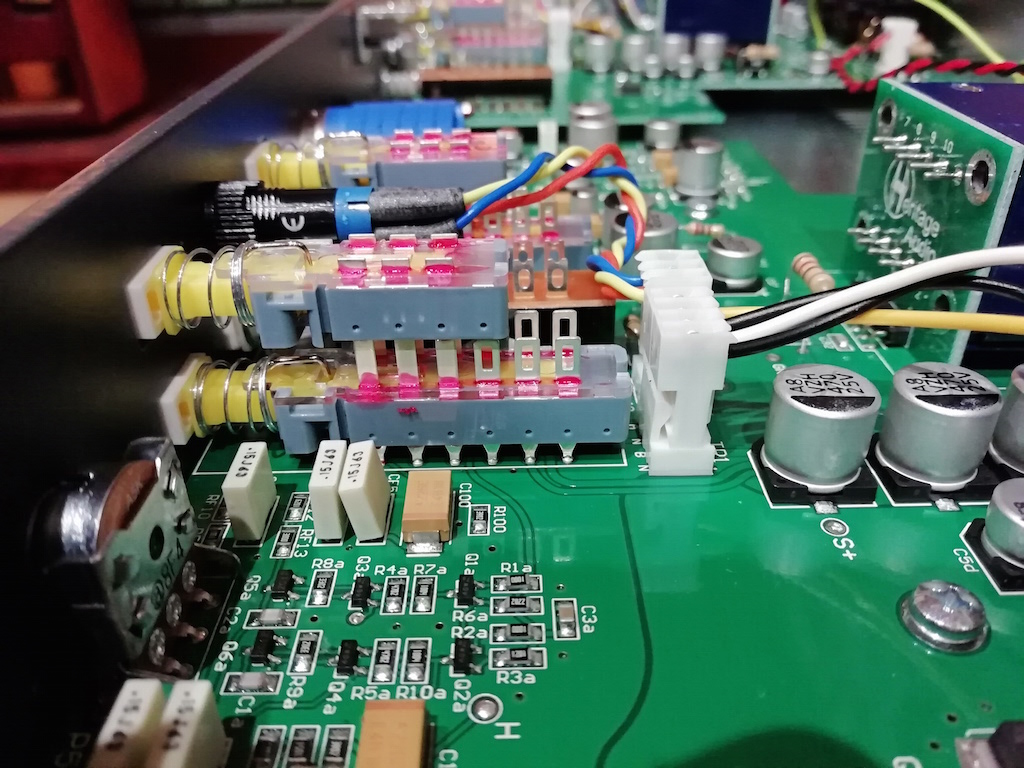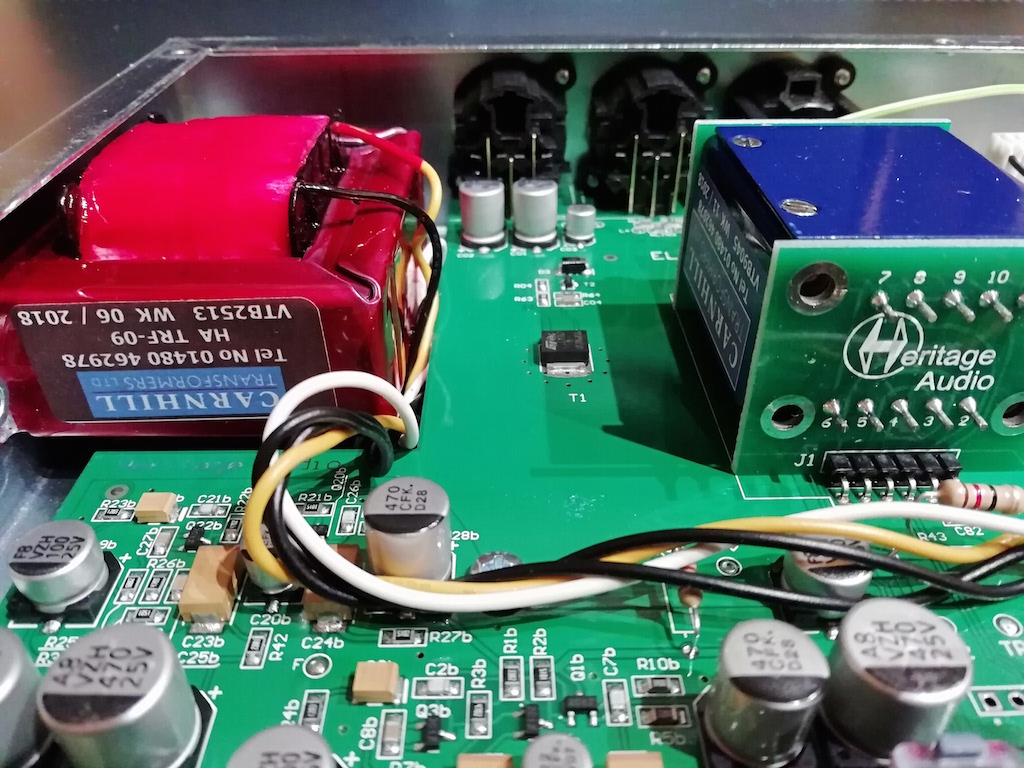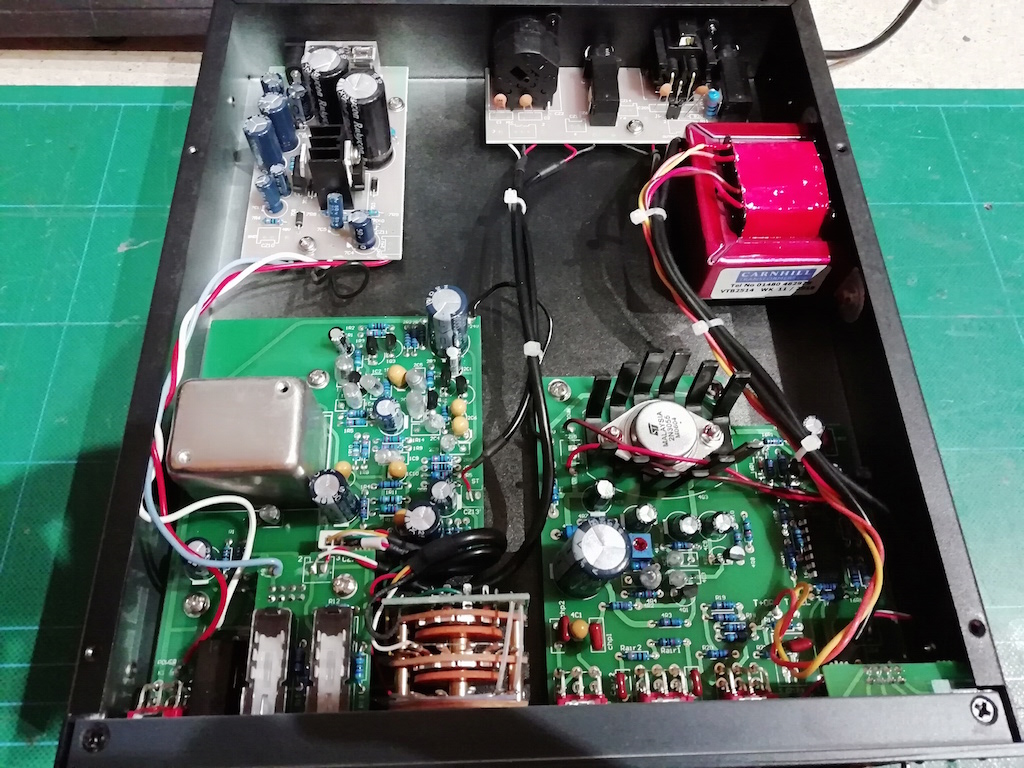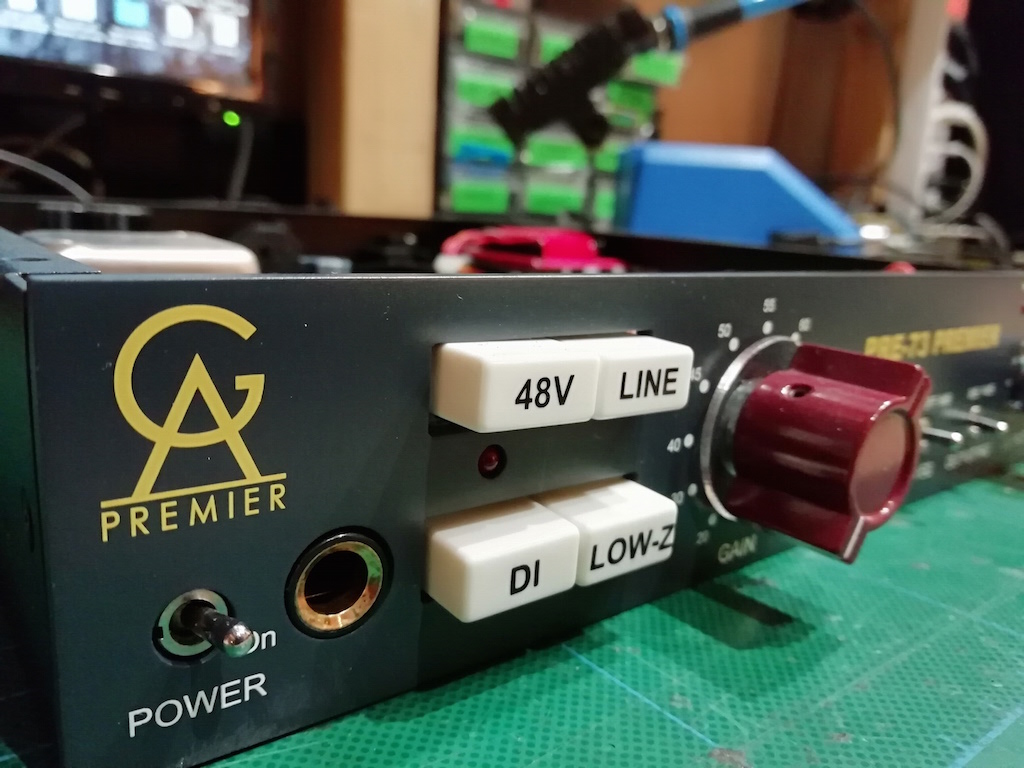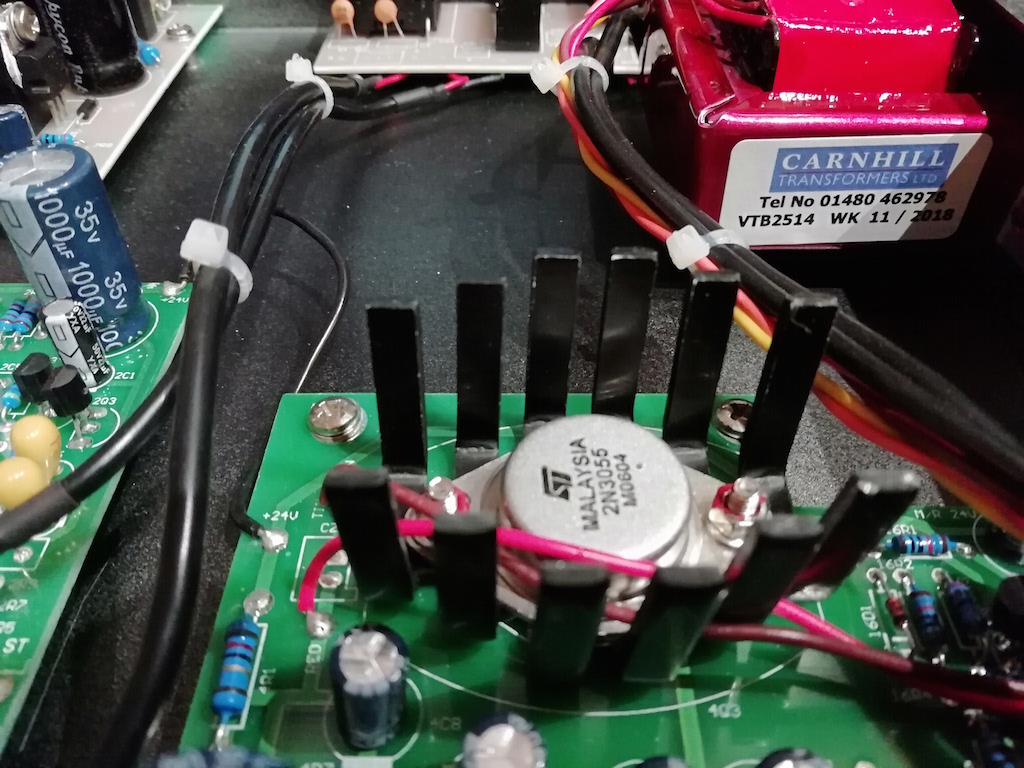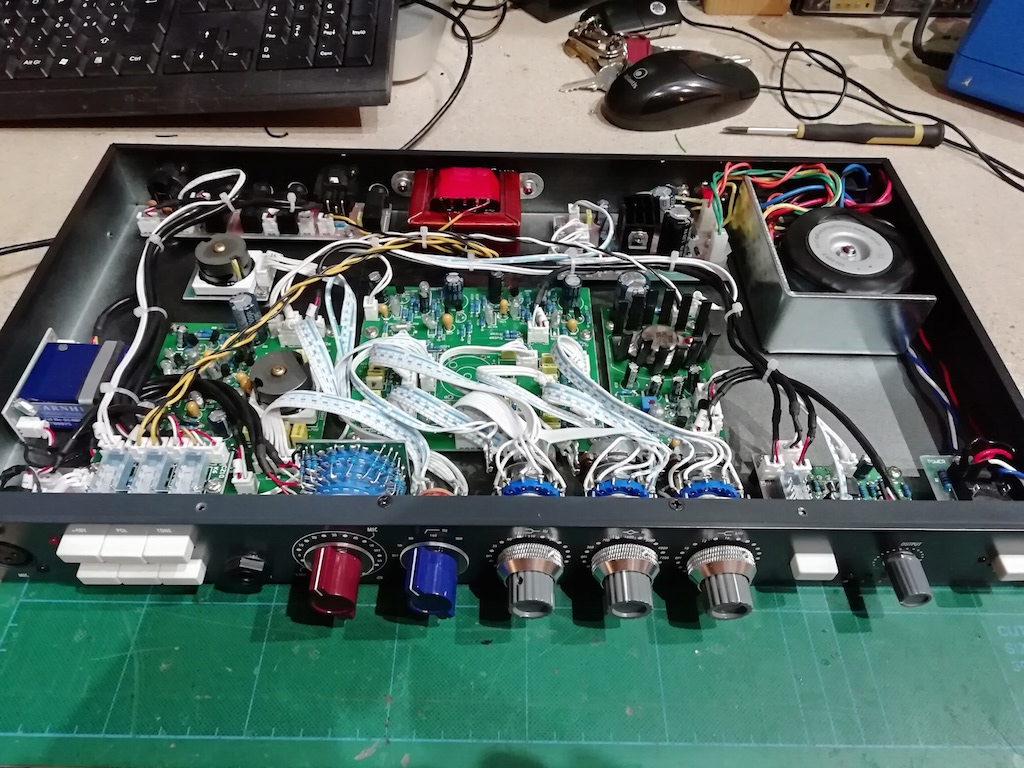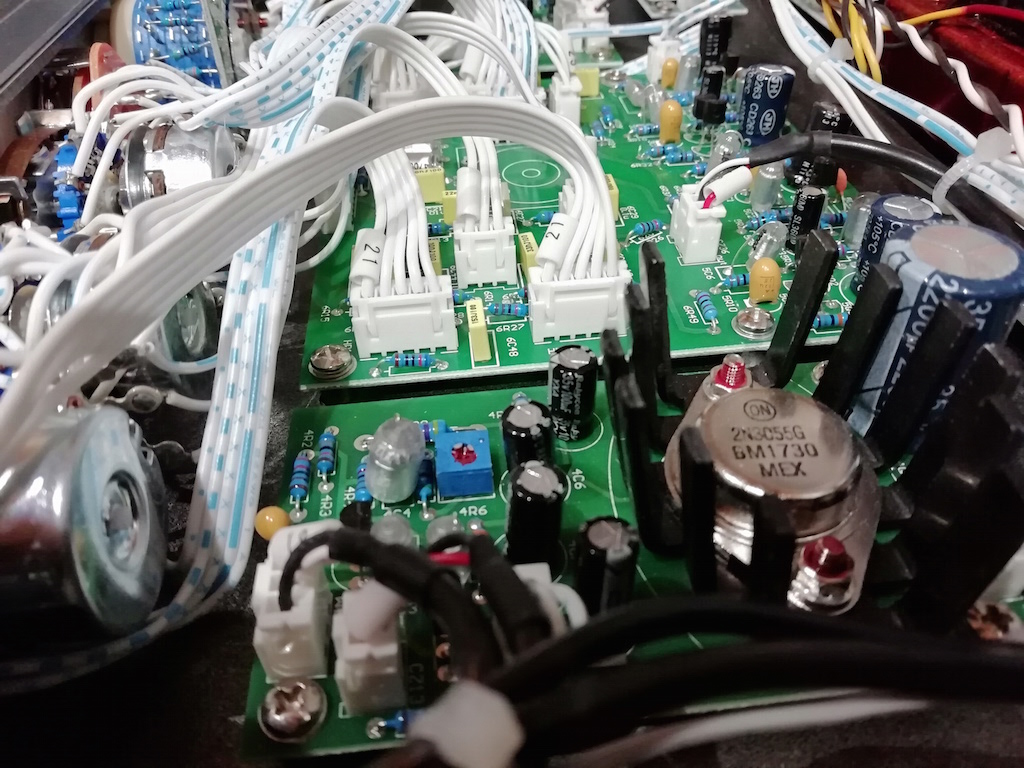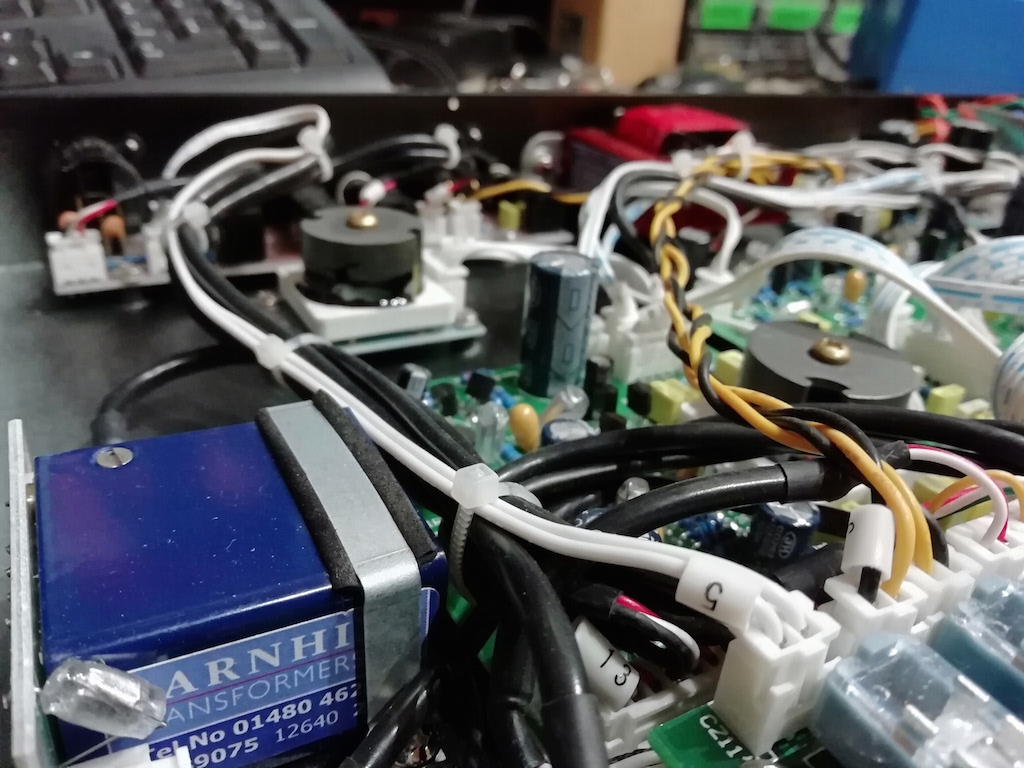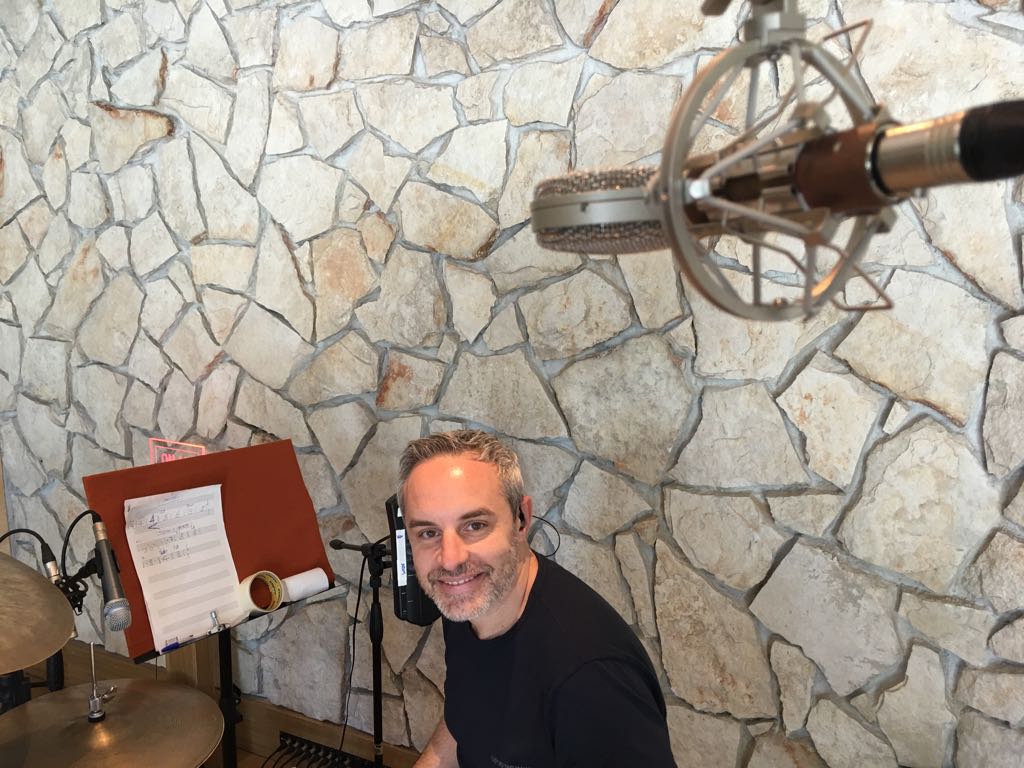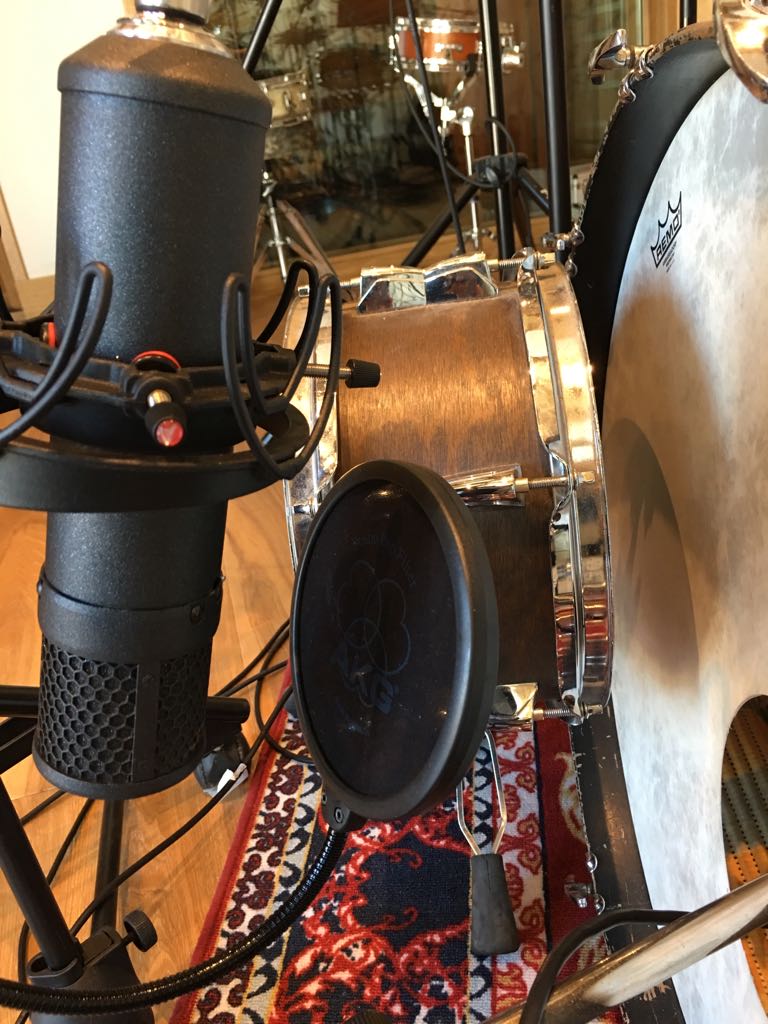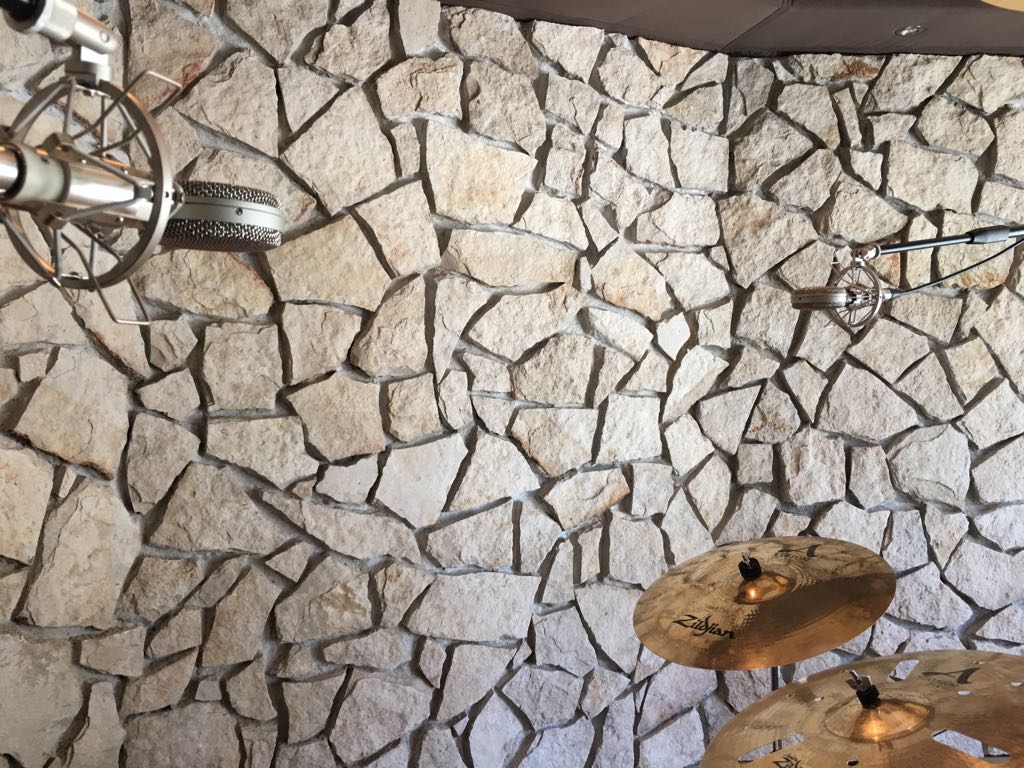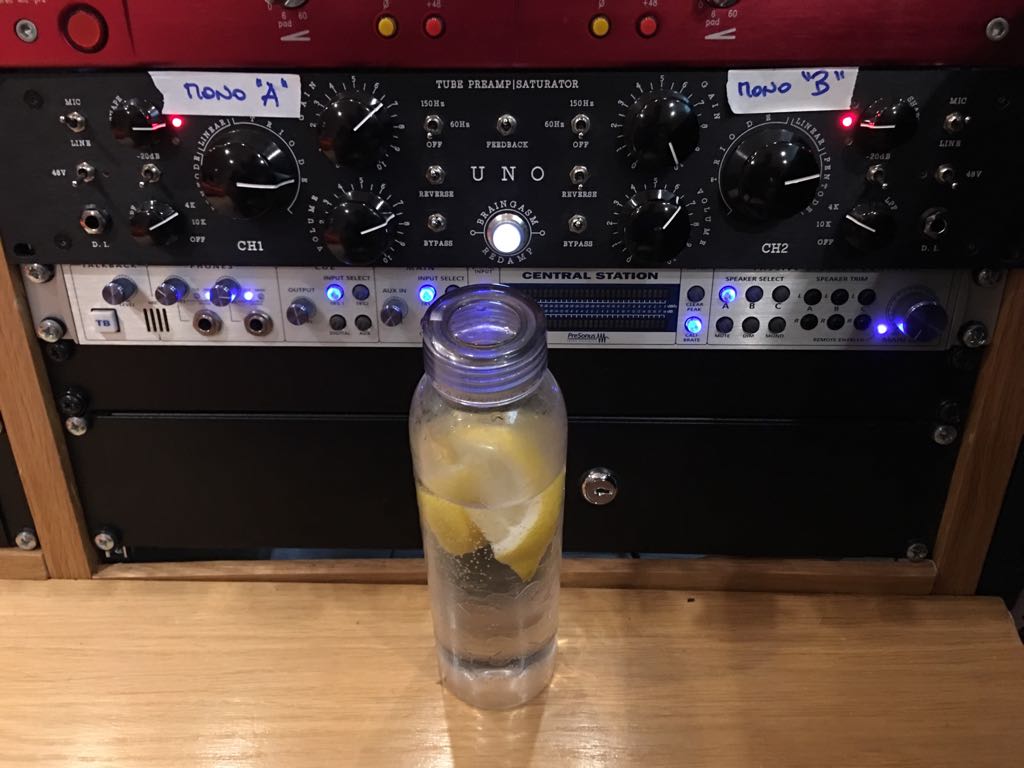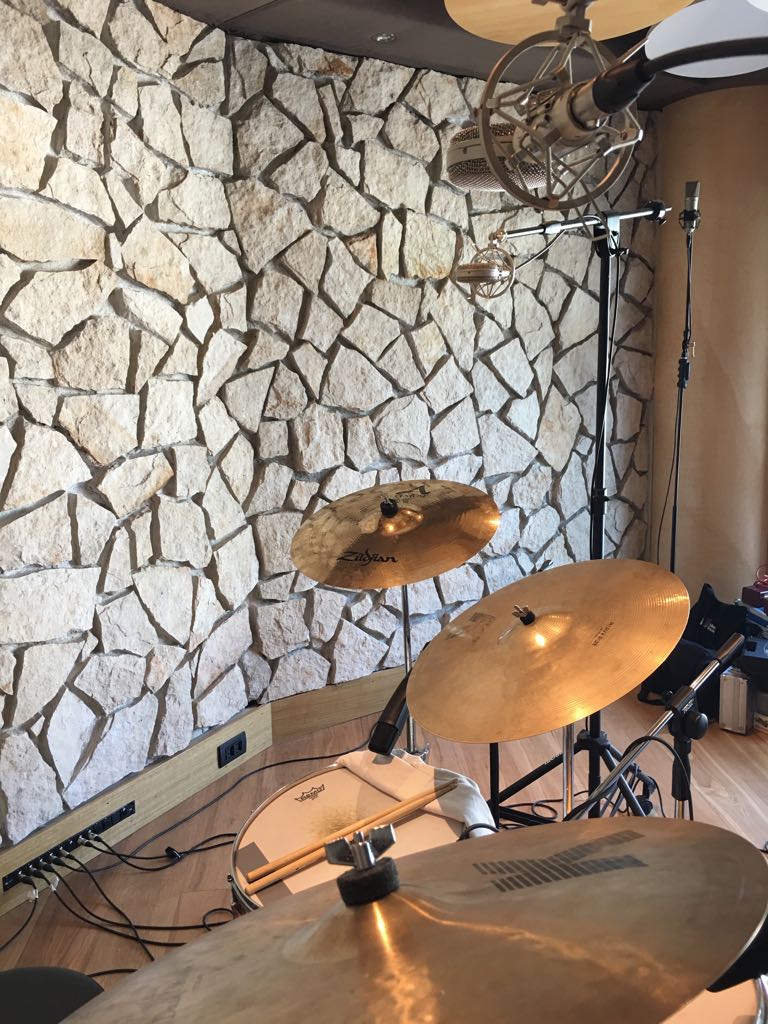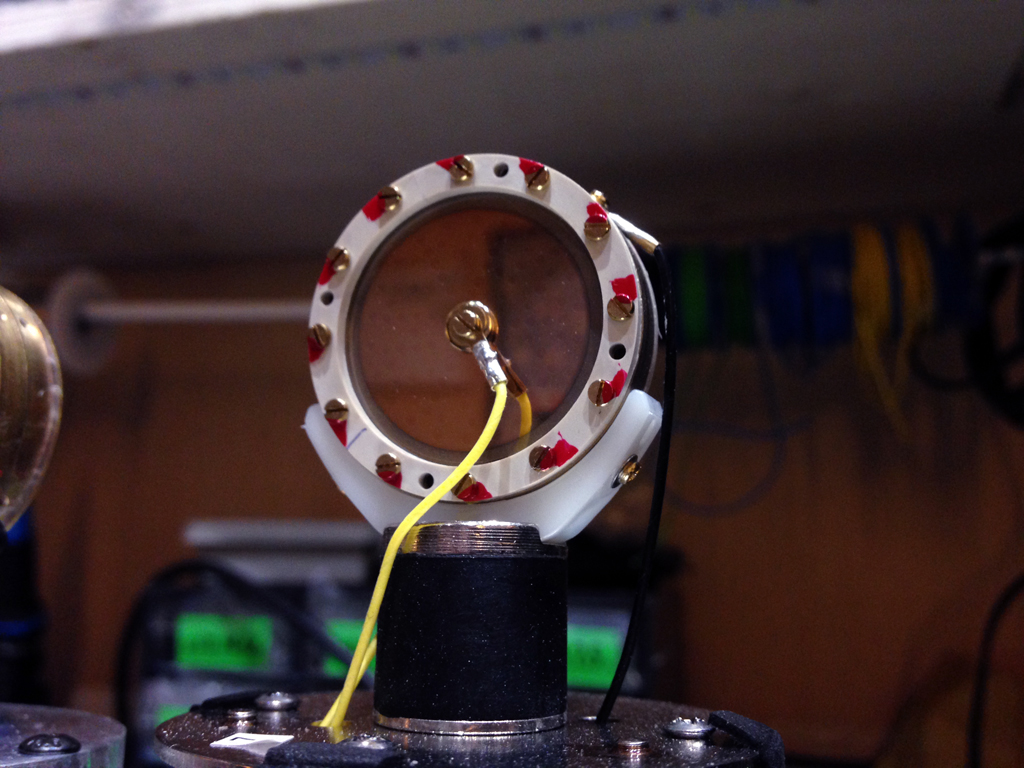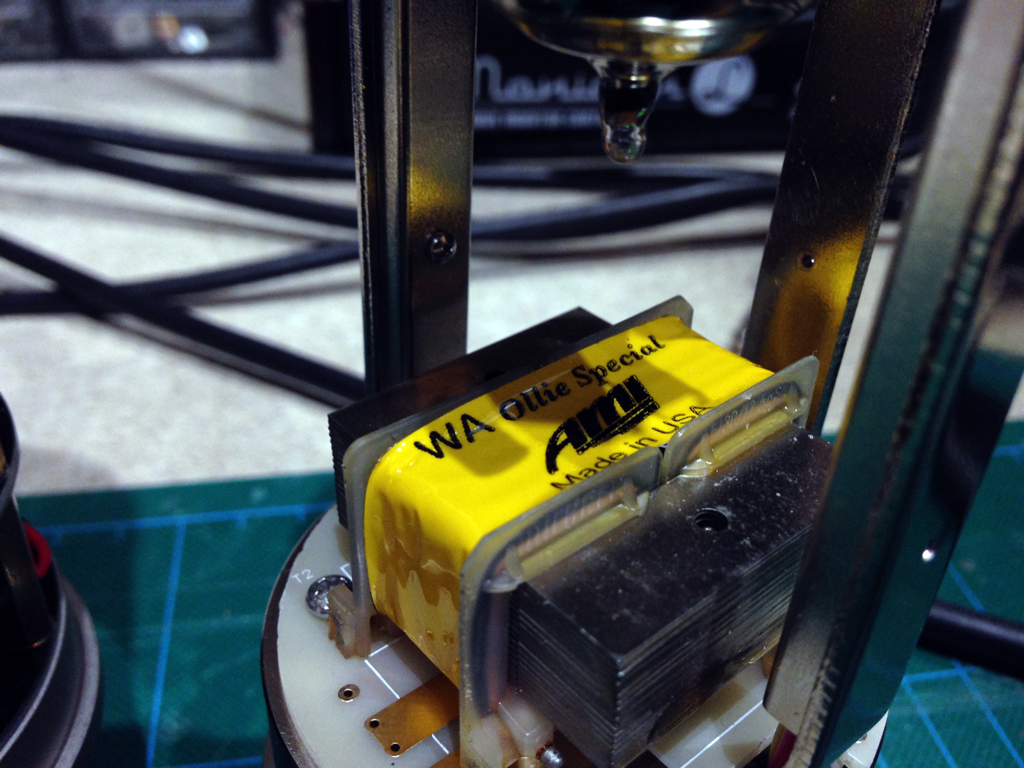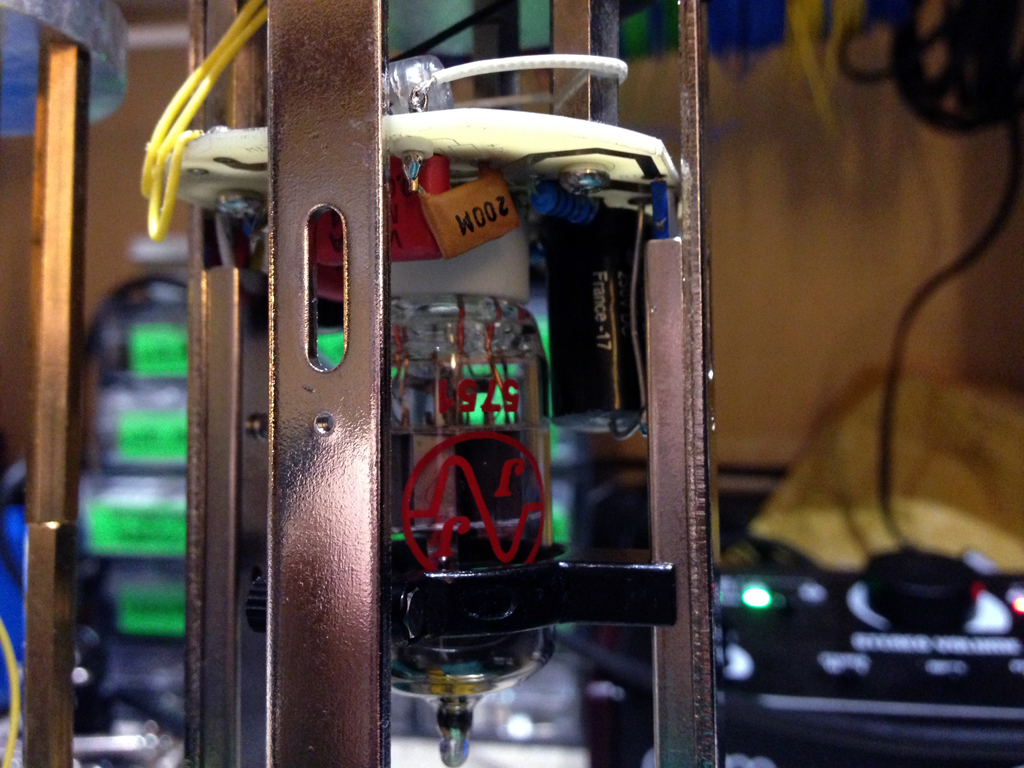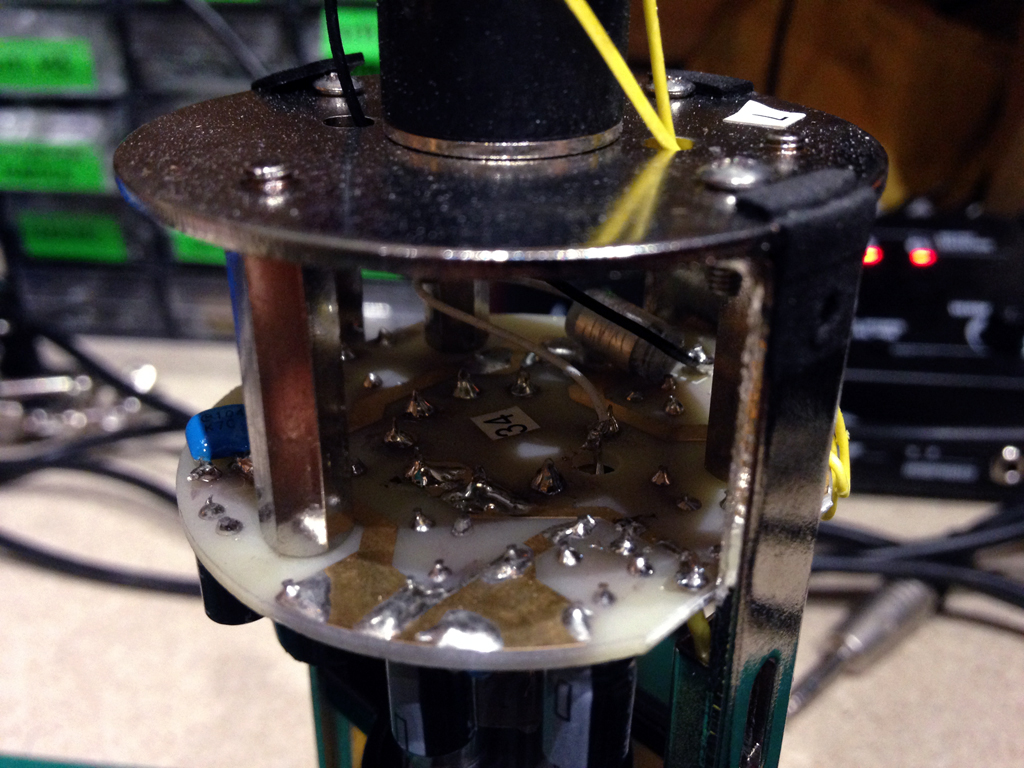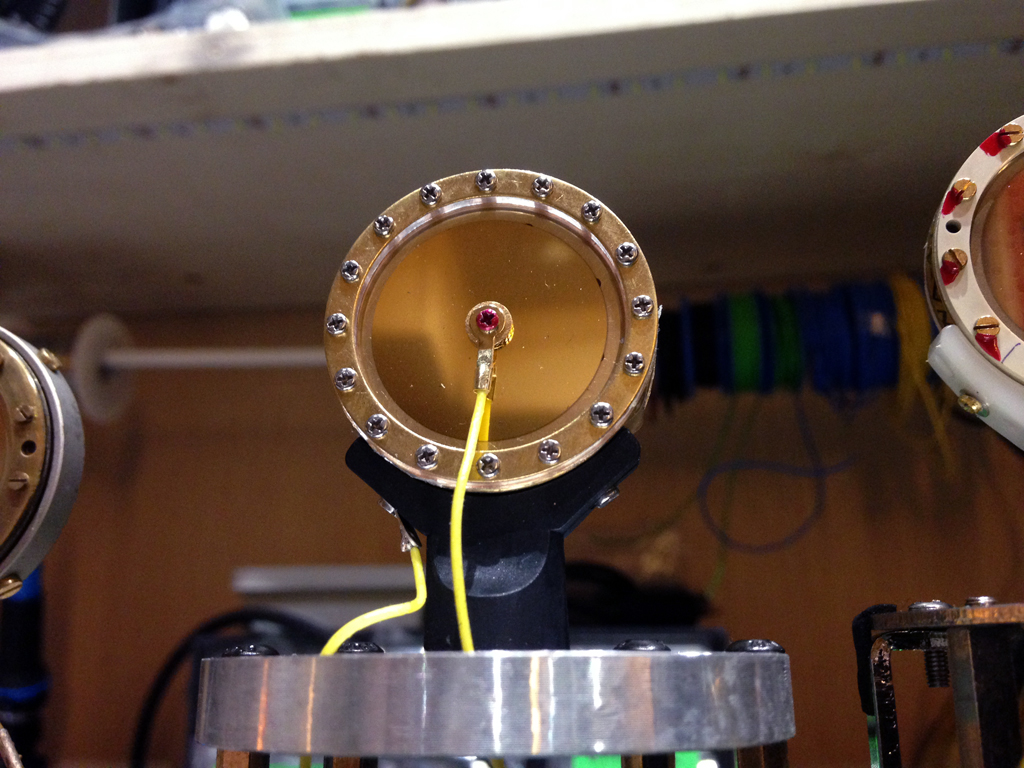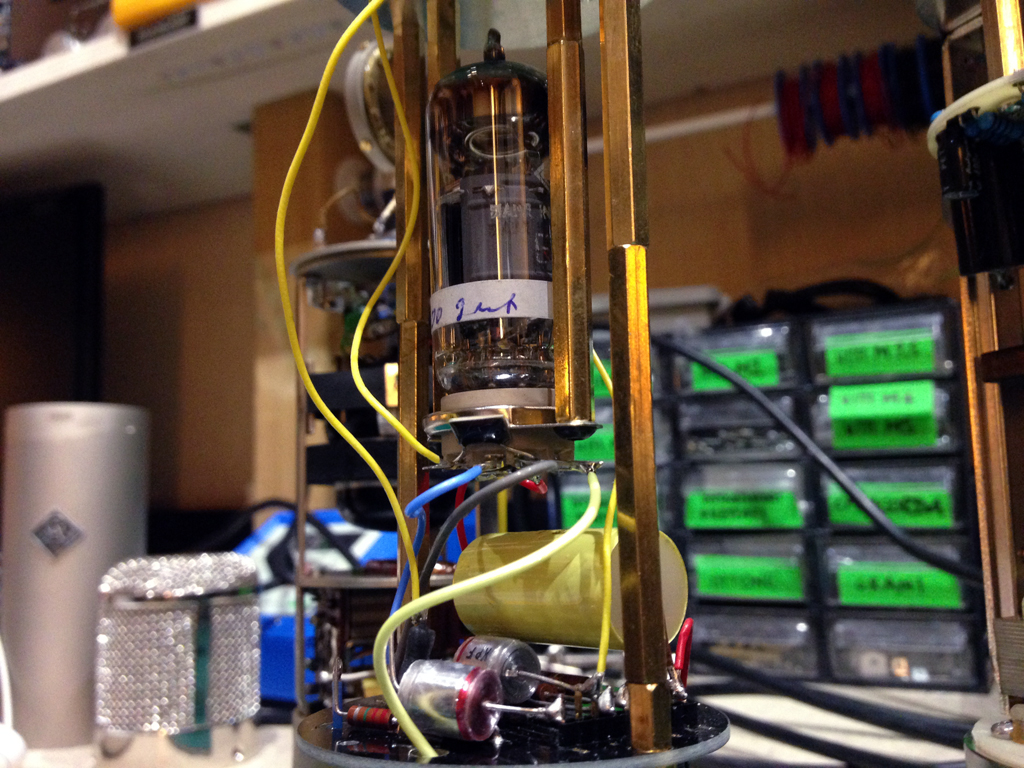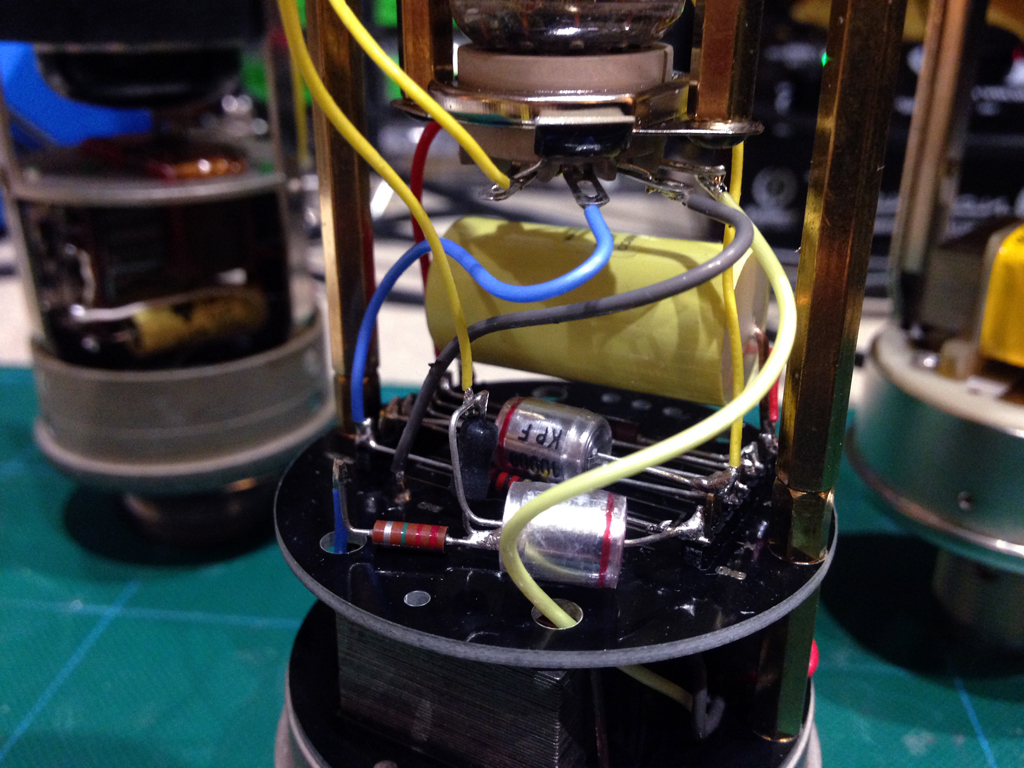Free Field and Diffuse Field in Microphone Recording Techniques
/Braingasm “OCULA” diffuse field microphone - audio comparative test with dpa 4009 equipped with a 40mm ape.
When working with microphones, understanding the environment in which you are recording is crucial. Two important concepts in this regard are "free field" and "diffuse field." These terms describe different acoustic environments, and knowing the difference between them can significantly impact the quality and accuracy of your recordings. This article delves into the definitions, characteristics, and applications of free field and diffuse field in microphone techniques, with a special focus on the use of omnidirectional microphones and the role of passive equalization spheres (or APE - acoustic pressure equalizers) in diffuse field recordings.
Free Field
A free field refers to an environment where sound waves can propagate without encountering any significant obstacles or reflections. In such a setting, the sound travels directly from the source to the microphone without being altered by reflections from walls, ceilings, or other surfaces.
Characteristics
Direct Sound Propagation: In a free field, the sound reaches the microphone directly from the source, making the recording free from echoes and reflections.
Inverse Square Law: The sound pressure level decreases by 6 dB each time the distance from the source is doubled. This is a direct consequence of the inverse square law.
Outdoor or Anechoic Chambers: Typical free field environments include outdoor spaces far from reflective surfaces or specially designed anechoic chambers that absorb reflections.
Applications
Studio Recording (Close Miking): A microphone technique which involves placing a microphone very close to a sound source, normally with the intention of maximising the wanted sound and minimising any unwanted sound from other nearby sound sources or the room acoustics. In classic music circles the technique is more often known as 'Accent Miking'.
Acoustic Measurements: Free field conditions are ideal for precise acoustic measurements, such as determining the sound power level of a source or the directivity pattern of a loudspeaker.
Microphone Calibration: When calibrating microphones, a free field ensures that the measured response is due to the direct sound only, providing an accurate baseline for comparison.
Diffuse Field
Definition
A diffuse field, in contrast, is an environment where sound waves arrive at a point from all directions with equal probability. This happens because the sound is reflected multiple times by the surfaces in the room, creating a uniform sound field.
Characteristics
GODFATHER STUDIO - NAPOLI (IT) . This beautiful sounding room allows for diffuse field recordings
Uniform Sound Pressure: In a diffuse field, the sound pressure level is roughly the same at any point in the room, as reflections create a homogenous sound field.
Reverberant Environments: Common examples include large rooms with reflective surfaces, such as concert halls, reverberation chambers, or any enclosed space with significant reflections.
No Direct Path Dominance: Unlike the free field, there is no single dominant sound path from the source to the microphone. Instead, the sound energy is evenly distributed.
Applications
Classical, orchestra, ambience recording: A diffuse sound field occurs in reverberant rooms in which the direct sound is extended by many additional reflections from the walls. In an ideal diffuse field, the proportion of sound energy (represented by the "sound velocity vector") is the same on average from every direction.
Room Acoustics Analysis: Understanding how sound behaves in diffuse fields is crucial for designing and analyzing the acoustics of large auditoriums, concert halls, and other performance spaces.
Microphone Testing: Testing microphones in a diffuse field can help understand how they will perform in real-world, reverberant environments, which is often more relevant than free field performance.
Teatro SAn CARLO (Napoli). I had the pleasure and honor to record Bonovox during his last show in 2023
Omnidirectional Microphones in Diffuse Field
Omnidirectional microphones are also essential in diffuse fields due to their ability to:
Capture Overall Ambience: These microphones are ideal for recording the overall sound field, capturing reflections and reverberations that contribute to the richness of the sound.
Consistent Response: Since diffuse fields have no dominant sound direction, omnidirectional microphones ensure that the recorded sound is balanced and representative of the entire acoustic environment.
Passive Equalization Sphere
In diffuse field recordings, a passive equalization sphere is often used to enhance the performance of omnidirectional microphones. This sphere, usually a small, rigid ball placed around the microphone, serves to:
Improve High-Frequency Response: By compensating for the natural roll-off of high frequencies in diffuse fields, the sphere ensures a more accurate and balanced recording.
Minimize Directivity Artifacts: It helps in maintaining the microphone's omnidirectional characteristics by reducing any directional bias that might occur due to the microphone’s physical shape or placement.
Mic Techniques in Free
and Diffuse Fields
Braingasm “OCULA” diffuse field microphone - audio comparative test with dpa 4009 equipped with a 40mm ape.
Free Field Techniques
Direct Recording: Positioning the microphone close to the sound source ensures that reflections are minimized. This technique is useful for capturing a clear, uncolored representation of the source.
Outdoor Recordings: When recording outdoors, choosing locations away from reflective surfaces can approximate free field conditions.
Diffuse Field Techniques
Omnidirectional Microphones: These are often preferred in diffuse fields because they capture sound uniformly from all directions, making them suitable for recording the overall ambience.
Reverberation Enhancement: Using multiple microphones placed strategically within a reverberant environment can capture the rich, full sound of the space, enhancing the recording’s depth and realism.
Passive Equalization Spheres (APE): Incorporating these devices can further refine the microphone’s response, ensuring a faithful representation of the diffuse sound field.
Conclusion
Understanding the difference between free field and diffuse field environments is fundamental for anyone involved in audio recording and acoustic measurement. Free fields are ideal for capturing direct sound without reflections, making them perfect for precise measurements and calibration. On the other hand, diffuse fields provide a rich, uniform sound environment that is essential for understanding room acoustics and capturing realistic, immersive recordings. By choosing the appropriate microphone technique for each environment and utilizing tools like omnidirectional microphones and passive equalization spheres, you can ensure the highest quality recordings and most accurate acoustic analyses.



